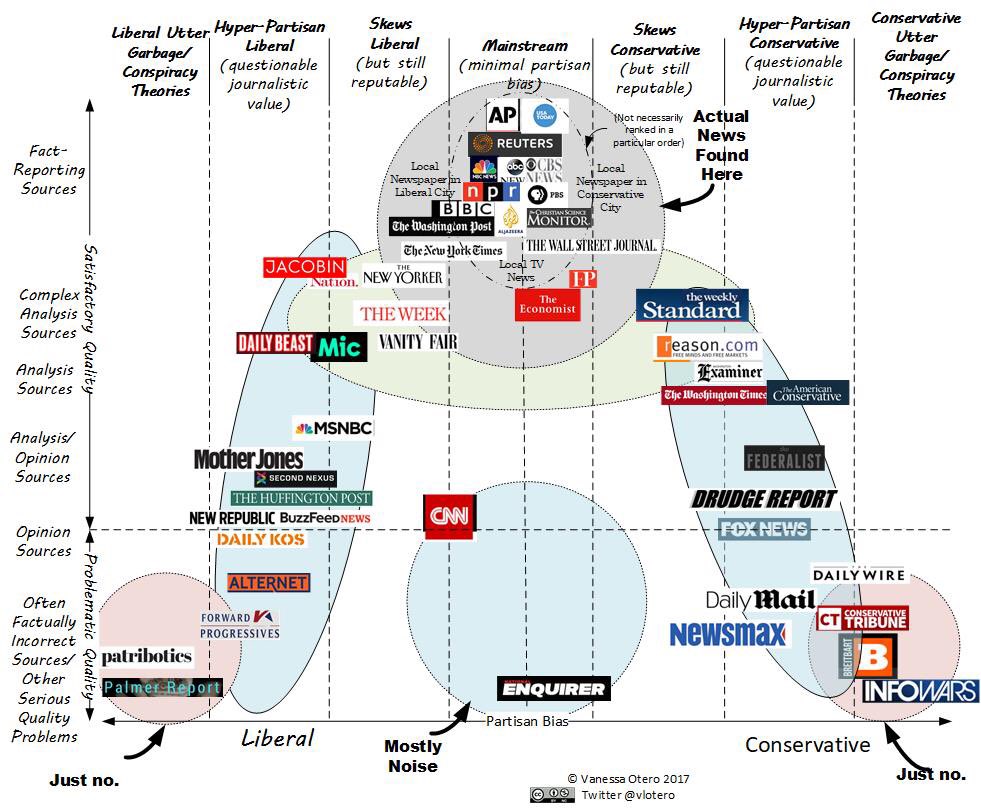In addition to group work and peer groups for various activities, I do a lot of group projects in all of my classes that have included any or all of the following: papers, online essays, videos, and presentations. Since I set up google docs for my students as one collaborative space to support students with very different schedules to meet asynchronously. For collaborative papers, students’ common issue is failure to communicate effectively. My most successful groups are in contact through multiple media at once from texting to DM to email to the google doc. Others find at least a hour when they can all be logged onto the computer working on the project together at the same time in addition to the work they do on it solo. My groups that struggle, do not do either of the above. But lucky for them, they have multiple opportunities to improve their collaboration practices.
One collaborative project I would definitely want to work on adapting to the online class is my media literacy unit. There are 3-4 formal group writing elements connected to it. Here is the gist of the project and its parts:
Step 1: Choose a news site to explore and from which to pick an article to be the focus of the project. I use Vanessa Otero’s chart and methodology for creating it to help students think about how to identify political slants to the representation of news stories. (Note: This is the 4th or 5th version of the chart. She has incorporated feedback a few times; I actually prefer the earlier versions. She didn’t know it would get traction when she originally created it and posted it to social media.)

Students choose one of the sites from the bottom two corners for their main text.
Step #2: Groups write a two page evaluative essay, assessing all the questionable elements of their chosen article.
Step #3: Groups create an annotated bibliography, two entries per group member. The purpose of this is for them to find sources that provide more in depth and even reporting on the same issue as their main article.
Step #4: Groups compose an online essay (images, hyperlinks, videos, etc.) of 1,500 words challenging their main article. As a part of this, they also compose a peer response letter to two other groups to give feedback on their drafts.
Step #5: We compose an introduction as a class that addresses the content of all their online essays and link them.
This online essay puts a lot of pressure on successful group work because it is really a full project, not just one assignment. Students do get a lot out of it both for their own writing and for their ability to assess online sources. We spend most of our class periods in the computer lab while working on this article, which is good for transitioning it to the online classroom, but there is still the big issue of students communicating effectively enough to complete the project.

Pingback: My Dreamy Dream Course; Or, I Can Be Super Impatient | WritingwithMachines